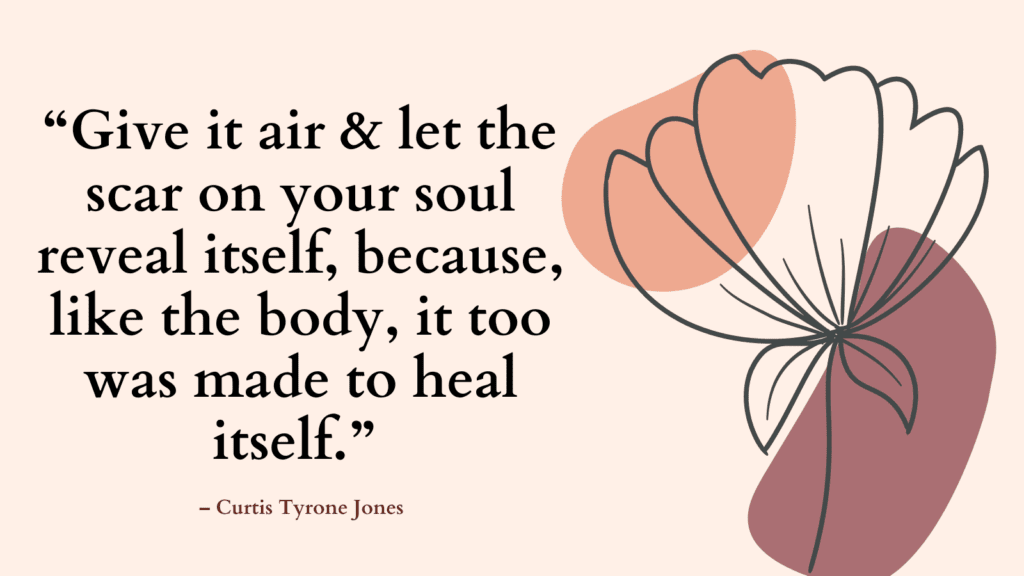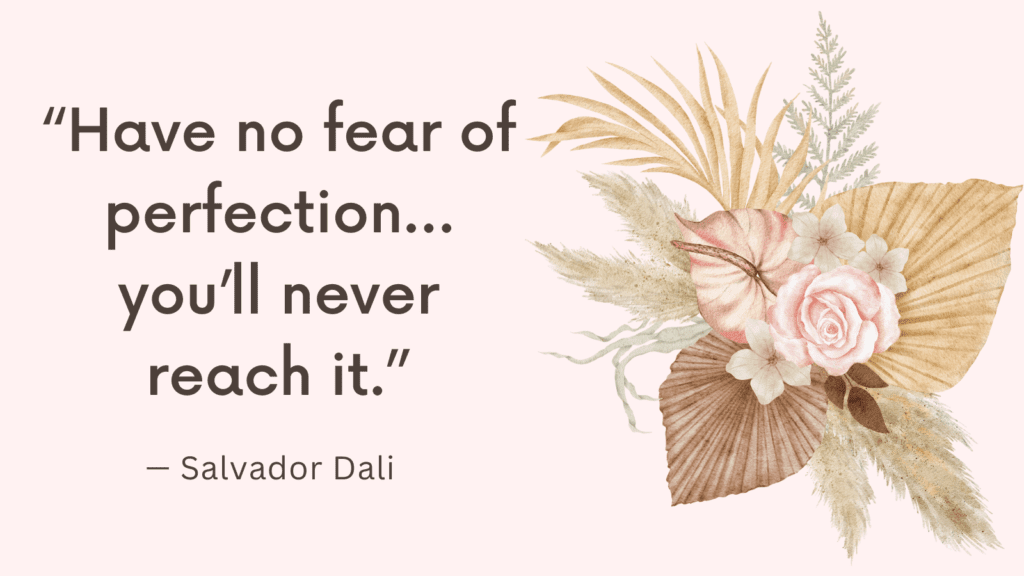Today, you’re going to learn all about performance anxiety and how to break the cycle of performance anxiety.
What Is Performance Anxiety?
Performance anxiety or “stage fright” is fear or intense apprehension one feels about their ability to perform a specific task.
Performance anxiety is not a mental disorder. Rather, it is a normal reaction to a stressful situation.
Most people experience some degree of anxiety when they’re about to perform. However, for some people the anxiety is so extreme that it interferes with their ability to perform at all.
Those who experience performance anxiety may worry about failing and facing humiliation or rejection.
Actors, athletes, musicians, and public speakers often get performance anxiety.
A person can also experience performance anxiety regarding sex, especially if they worry about how well they’re doing or have poor body image.
Related: Top 10 Practical CBT Exercises For Generalized Anxiety Disorder Relief
Symptoms of Performance Anxiety
Some common symptoms of performance anxiety include:
1. Physical Symptoms:
– Rapid heartbeat or palpitations
– Shortness of breath or shallow breathing
– Sweating excessively
– Trembling or shaking
– Dry mouth
– Nausea or stomach discomfort
– Muscle tension or stiffness
2. Cognitive Symptoms:
– Negative thoughts or self-doubt
– Fear of failure or making mistakes
– Difficulty concentrating or focusing
– Racing thoughts
– Memory lapses
– Preoccupation with judgment or criticism from others
– Feeling overwhelmed or out of control
3. Emotional Symptoms:
– Intense fear or panic
– Feelings of dread or terror
– Restlessness or irritability
– A sense of helplessness or hopelessness
– Low self-esteem or self-worth
– Feeling embarrassed or humiliated in front of others
It’s important to note that these symptoms are quite common among individuals experiencing performance anxiety and do not imply any personal weakness or deficiency.
Related: 30 Day Social Anxiety Challenge That Will Help You Feel More Confident
How To Break The Cycle Of Performance Anxiety
1. Understanding Performance Anxiety
To effectively address performance anxiety, it is crucial to understand its underlying mechanisms.
Performance anxiety often arises from a fear of negative evaluation by others and an excessive focus on potential mistakes or failures.
This heightened self-consciousness triggers physiological responses, such as increased heart rate, sweating, muscle tension, and cognitive impairments, which further amplify feelings of anxiety.
2. Cognitive Restructuring
Cognitive restructuring focuses on identifying and challenging irrational beliefs and negative thought patterns that contribute to performance anxiety.
By adopting a more realistic and balanced perspective, individuals can cultivate positive self-talk and reframe their thoughts.
Cognitive-behavioral techniques, such as cognitive restructuring, can help individuals transform negative self-statements (e.g., “I will definitely mess up”) into positive and realistic ones (e.g., “I have prepared well, and I trust my abilities”).
Related: What Causes Cognitive Distortions? (+Top 10 Common Cognitive Distortions & How To Challenge Them)
3. Systematic Desensitization
Systematic desensitization is a therapeutic approach that gradually exposes individuals to the stimuli that trigger their performance anxiety in a controlled and supportive manner.
By repeatedly experiencing these situations, anxiety diminishes over time, leading to habituation and increased confidence.
This technique can involve a step-by-step approach, starting with exposure to mildly anxiety-provoking situations and gradually progressing towards more challenging ones.
4. Relaxation Techniques
Engaging in relaxation techniques can counteract the physiological symptoms of performance anxiety.
Deep breathing exercises, progressive muscle relaxation, and mindfulness-based practices have been shown to reduce anxiety and promote a sense of calmness.
Regular practice of these techniques outside of performance situations can enhance their effectiveness during high-pressure scenarios.
Related: Best 6 Mindfulness Exercises For Beginners (+FREE Resources)
5. Visualization and Mental Rehearsal
Visualization and mental rehearsal involve creating vivid mental images of successful performance outcomes.
By repeatedly imagining themselves succeeding and feeling confident in their abilities, individuals can harness the power of their minds to positively impact their actual performance.
This technique helps build self-belief, reduces anxiety, and enhances performance skills.
6. Physical Preparation
Physical preparation plays a critical role in addressing performance anxiety.
Adequate practice, preparation, and rehearsal instill a sense of competence and control.
Establishing a routine, including warm-up exercises, proper nutrition, and sufficient rest, can contribute to overall physical well-being and minimize the physiological symptoms associated with anxiety.
Related: How to Stop “What If” Anxiety Thinking?
7. Seeking Social Support
Reaching out for social support is essential in breaking the cycle of performance anxiety.
Sharing experiences, concerns, and insecurities with trusted friends, family, or mentors can provide reassurance, advice, and encouragement.
Additionally, seeking professional help from a psychologist or therapist who specializes in anxiety disorders can provide valuable guidance and evidence-based interventions tailored to individual needs.
8. Embracing Mistakes and Failure
Shifting the focus from perfectionism to embracing mistakes and failure is critical in overcoming performance anxiety.
Recognizing that mistakes are part of the learning process and do not define one’s worth or abilities creates a more forgiving mindset.
Embracing the opportunity for growth and improvement fosters resilience and reduces the fear of failure.
Related: Best 10 Books For Overthinking And Anxiety
Conclusion
Breaking the cycle of performance anxiety requires a combination of psychological strategies, physical preparation, and social support.
By understanding the mechanisms of performance anxiety, challenging negative thoughts, utilizing relaxation techniques, engaging in visualization and mental rehearsal, adequately preparing physically, seeking social support, and embracing mistakes, individuals can progressively overcome their anxiety and perform at their best.
It is important to remember that addressing performance anxiety may be a gradual process.
Free Printable Worksheets For Anxiety (PDF)

References
- The 333 Rule for Anxiety and Other Coping Strategies (healthline.com)
- Managing and Reducing Anxiety – AdultMentalHealth.org
- Anxiety About Going to Work? 3-3-3 Rule to Manage Overwhelm – Atrium (atriumstaff.com)



